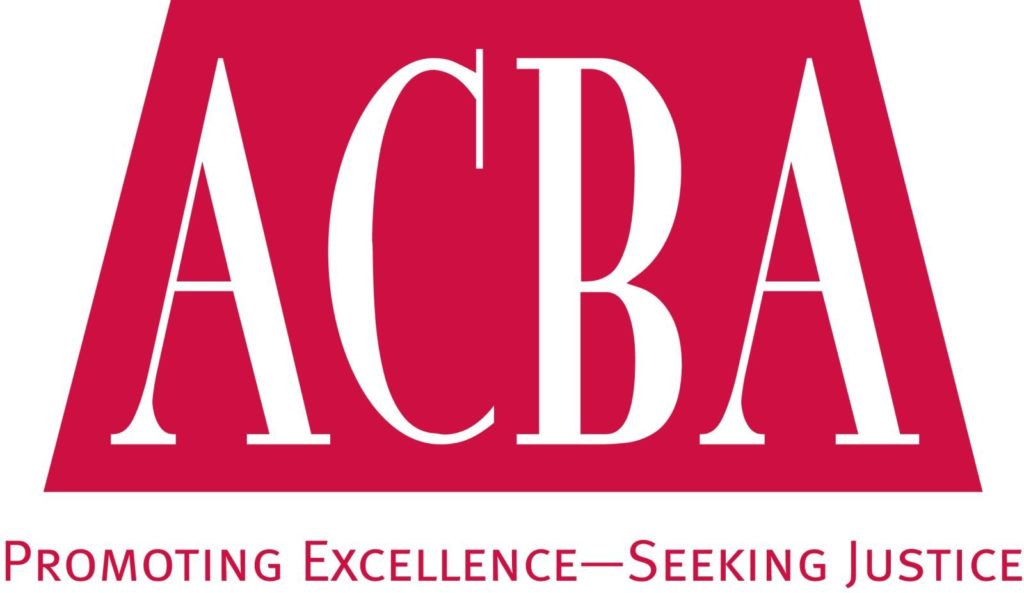 Two types of questions are generally permissible on cross-examination: (1) questions that impeach the witness’s credibility, and (2) questions designed to elicit other relevant facts relative to the general scope of the direct examination. Because cross-examination is such an important part of our trial system and because of its inherent difficulty, judges tend to give attorneys wide latitude regarding the form of the questions they may ask on cross-examination.
Two types of questions are generally permissible on cross-examination: (1) questions that impeach the witness’s credibility, and (2) questions designed to elicit other relevant facts relative to the general scope of the direct examination. Because cross-examination is such an important part of our trial system and because of its inherent difficulty, judges tend to give attorneys wide latitude regarding the form of the questions they may ask on cross-examination.
EC 765 and FRE 611(a) give judges the authority to control the examination of witnesses, an authority they are likely to exercise only when questions are misleading, unfair, or unnecessarily time-consuming or harassing.
As with most areas of trial evidence, these rules dictate how the lawyer should ask her questions from an advocacy as well as evidentiary standpoint. Improper questioning leads to loss of control, interruption with objections, and antagonism from the judge and jury. The best questioning on cross-examination is simple and direct, both in words and sentence structure.
Consider these main problem areas:
Harassment. Although most cross-examination necessarily involves some harassment, EC 765 authorizes judges to protect witnesses from “undue harassment or embarrassment.” Judges, who have a duty to step in and interrupt even if counsel doesn’t object, usually base their rulings on whether the issue concerns important facts in the case, how early it comes in the cross-exam, and how much the witness needs protection.
Vague/General. The real danger with vague or overly broad questions is that they allow counsel to argue to the jury things that the witness never intended by her answers. In fact, many attorneys coach their witnesses to take advantage of broad or vague questions by forcefully arguing their version of the facts.
Ambiguous. This type of question is objectionable for the same reason as vague questions–the witness’s words may be offered for a meaning she never intended. On cross-exam the lawyer is really doing the testifying with leading questions, so ambiguous questions add up to bad advocacy.
Argumentative. Proper examination is designed to elicit relevant information. A question is improperly argumentative if counsel is (1) arguing with the witness; (2) eliciting an argument in response to his question; or (3) asking the witness to accept his inference or interpretation of proven or assumed facts. Questions can be argumentative in tone as well as phrasing. Argumentative questions often begin with phrases such as “Are you asking us to believe…?” “Are you trying to tell us…?” Reserve argument for closing argument.
Asked and Answered. Attorneys during direct examination are generally allowed to elicit a piece of information from a witness only once. This keeps the trial moving and precludes undue focus on one issue. The cross-examiner, however, is often given more latitude, especially if multiple questions will help the factfinder determine the truth. Be careful though–the only objections jurors say they like to hear are “asked and answered”, “cumulative”, and “repetitive.”
Misstating Previous Testimony. It is both objectionable and unethical to misquote a witness’s previous testimony. Make it clear to the factfinder if your opponent engages in such behavior.
Compound Questions. Counsel should ask only one question at a time. Again, the danger is that the witness or factfinder will be misled. A “yes” answer may apply only to the first part of the question and not to the second. The danger to the questioner is that the factfinder may not understand the whole question or may miss its significance, which probably wouldn’t happen if several separate questions were asked.
Non-responsive Answers. In most states, either party can move to strike an answer that does not directly respond to the question. Judges usually grant the motion unless: (1) the volunteered information is clearly relevant; (2) otherwise admissible; and (3) will inevitably be elicited later from this witness. Many federal judges will grant such a motion only if it is the examining attorney who moves to strike. Cross-examiners should not lose sight of the importance of this motion as a means of controlling witnesses. If necessary, firmly but politely interrupt the non-responsive answer and move to strike.
Tactics of Objecting
Many experienced trial attorneys rarely object on cross-examination, because: (1) judges tend to give attorneys wide latitude on cross; (2) they don’t want to appear to be protecting their witness; (3) a well-prepared witness may turn an improperly phrased question to her advantage and launch into an unwanted narrative; and (4) the jury can usually recognize when questions are unfair or counsel is being abusive.
Reserve your objections for those times when the danger of misleading the witness or factfinder is real or when your witness needs a break.
Next Time
Next issue, I’ll discuss Impeachment.
Tim Hallahan is Director of the Trial Advocacy Program at Stanford Law School, a Judicial Education Attorney with the California Judicial Council, a national CLE speaker, and cofounder of The Hecht Training Group, a litigation skills training firm (http://www.hechttraininggroup.com). He also serves on the ACBA CAAP Training SubCommittee.
